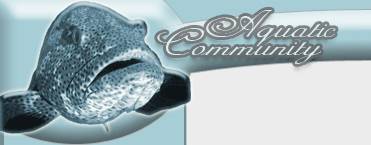Termite Control
 By: Johan
By: Johan

Termite control treatments
Choosing the right termite control treatments can be tricky, since a wide range of factors will determine which type of treatment that is ideal in your particular situation. Sometimes it is advisable to combine several types of termite control treatments to obtain a better result. There are two main types of termite control treatments: termite control liquids and termite control baits. Within these two groups you will find a myriad of different termite control treatments.
When choosing termite control treatments, it is important to keep in mind that the regulations regarding allowed termite control treatments vary a lot from region to region. The legislation can also vary from year to year, and a termite control treatment that was legal 5 years ago might not be legal today. The termite control treatment manufactures will also constantly try to upgrade their products and invent new forms of termite control treatments. This means that a treatment that used to be available in your area might have been replace by a new, altered version.
Termite control liquids
As mentioned above, there are two main types of termite control treatments: termite control liquids and termite control baits. Termite control liquids have been used for decades and their aim is to form a long-lasting barrier around the house. A termite control liquid contains some form of termiticide and is applied to the soil around and under the building. In many cases, termite control liquids applied to the soil will not only prevent termites from entering the house, but also cause termites already inside the house to gradually die off since they can not exit the house anymore.
The first termite control liquids were termite repellent rather than termite killing, but today you can also find a wide range of so called non-repellent termite control liquids that will kill termites. The active ingredient in this non-repellent form of termite control liquid is often chlorfenapyr, imidacloprid or fipronil.
Termite control baiting
Termite control baits will deliver a lethal dose of slow-acting toxin disguised as food. The most common forms of termite control baits consist of paper or cardboard, since termites feed on cellulose. Termites will find the food and bring it back to their nest. The slow-acting toxin will eventually kill the termites that have eaten the food and termite control bait will therefore cause a slow and gradual decline of the termite colony. Termite control baits are usually placed out in the yard or below ground in plastic container. If you have active mud tubes located indoors, you can also place termite control bait around them.
It is naturally highly important to keep children and pets away from the bait stations. There are however certain forms of termite control baits that are less dangerous than others. Disruptive insect hormones will for instance target the termites and therefore be less dangerous than traditional, toxin-based termite control baits. Earlier, it was quite common to make baits and dust termite tunnels using arsenic trioxide and arsenic compounds are naturally quite hazardous to sprinkle around the house. Insect growth regulators have therefore grown to be much more popular in the termite control business.
Termite Articles:
Termite Facts
Termite Pest Control
Termite Inspection
Termite Home Inspection
Termite Inspection Cost
